Taking Matters into Their Own Hands
Published on March 17th, 2016
As rating rules seek to protect their turf, and race organizers seek to balance entries into fleets that don’t always offer balanced competition, a group in the UK has taken matters into their own hands to ensure good racing.
When it comes to racing dissimilar boats, it is not the rule that matters as much as it is the characteristic of the boats. Gather similar boats and good racing occurs, which is the simple purpose of the Fast 40+ class which will make its debut at the Royal Ocean Racing Club’s domestic season opener, the RORC Easter Challenge.
Between eight and 10 Fast 40+s will be competing and with the fleet expected to grow to 14 this summer, pundits are observing that this class represents the most competitive homegrown handicap inshore keelboat racing the UK has seen since the heyday of the Admiral’s Cup.
To those unfamiliar with the Fast 40+, boats must have an IRC TCC of 1.210-1.270 (although a lower limit of 1.191 is permitted for 2016). To put this into context, original Ker 40s (such as Hooligan and Baraka GP) represent the slowest, while Peter Morton’s brand new Carkeek 40 Mk3, Girls on Film, is at the upper limit, along with American Bill Coates’ Ker 43, Otra Vez, and Sir Keith Mills’ Ker 40+, Invictus.
Otherwise Fast40+s must have:
– Hull length (LH) of 12.00-12.60m LOA (*<13.3m)
– Maximum draft of 3m (*3.15m)
– Displacement: length ratio of – Speed ratio of TCC²/LH =0.125< (*0.120< and 0.117< for 2016)
– Owner-driver
– 11 crew with a maximum weight of 950kg
– Up to five Group 3 ‘pros’ on board
*if launched before 1st September 2015.
Class rules have been broadened in 2016 season to allow more boats in.
“I think it is a natural fit – we aren’t trying to force anything, it has just evolved,” explains Robert Greenhalgh, who is Fast40+ Class President. “It has taken a couple of years, but to get – all being well – 10 boats at the Easter Challenge, plus some new ones rolling in this season, is fantastic. All the owners have remained positive and are keen for it.”
The largest contingent of Fast 40+s are former GP42s with three entered. The GP42 was originally the smaller, no less high tech brother of the TP52 and competed on the Audi MedCup briefly over 2009-2010.
On the secondhand market you get a lot of bang for your buck with a, as Bartholomew found when, just over two years ago, he acquired Tokoloshe II. This, as Madrid, won the final GP42 MedCup season.
“I think it is great for the development of the sport generally, because it has created a lot of enthusiasm,” says South African Mike Bartholomew who will race his Botin & Carkeek design GP42. “And this enthusiasm hopefully will be carried on to other classes as well. Last year there were three or four boats, but this year there is going to be at least 12, so it should be great fun.”
While boat contact with team RIBs is normally prohibited in the Fast40+, this rule has been eased for the RORC Easter Challenge as the class enters into the spirit of the event being the RORC’s season shake-down, training regatta.
With Easter falling very early this year, so far there has been little opportunity for training, so teams are welcoming this event too. Neville is a Easter Challenge regular and acknowledges the worth of the free world class coaching it offers from legends such as Jim Saltonstall to America’s Cup veterans such as RORC CEO Eddie Warden Owen and Andreas Josenhans of North U. Regatta Services. “We could be a bit rusty, but the coaches do a good job.”
Racing at the RORC Easter Challenge takes place over 25-27th March with must-attend post-race debriefs occurring daily at the RORC Cowes clubhouse, chocolate egg prizes on offer as well as high level coaching on the water and a socially acceptable finish time on Easter Sunday.


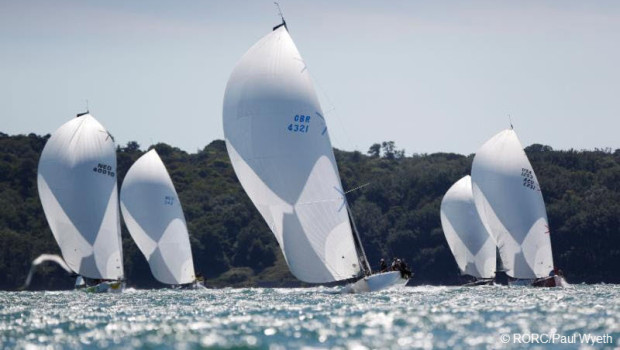


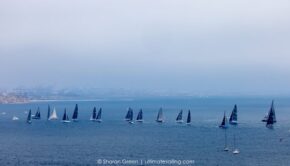
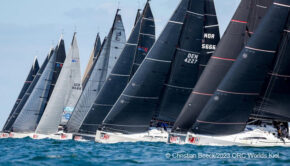
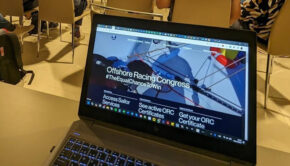
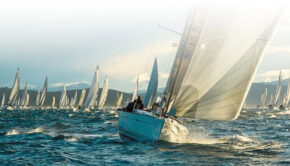
 We’ll keep your information safe.
We’ll keep your information safe.